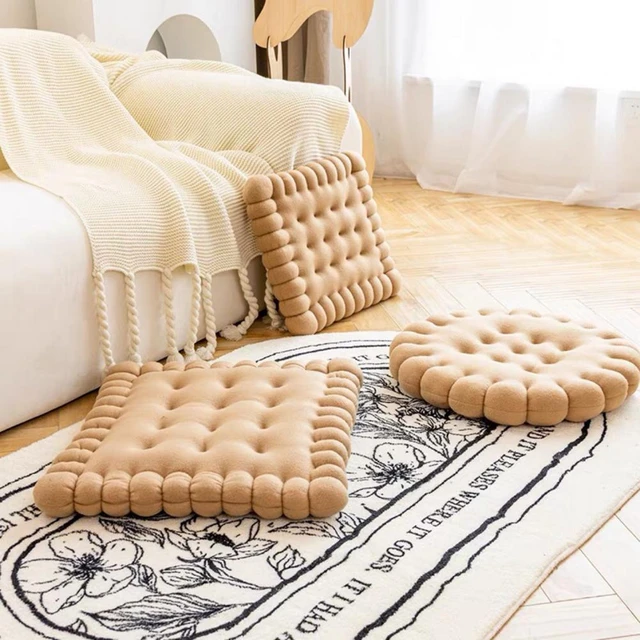Introduction:
Sagging couch cushions not only affect the overall comfort of your couch but also the aesthetic appeal of your living space. Over time, cushions can lose their shape and support due to regular use. However, there are several methods to fix sagging couch cushions and restore their firmness. In this comprehensive article, we will provide you with a step-by-step guide on fixing sagging couch cushions, ensuring they regain their shape, comfort, and longevity.
Assess the Cushion Condition:
Identify the Issue:
Examine the cushions to determine the extent of sagging and identify any underlying causes, such as worn-out foam or insufficient support.
Check the Cushion Support System:
Determine if the cushions rest on a support system, such as springs, webbing, or a solid base. Ensure they are intact and properly positioned.
Fluffing and Rotating:
Fluff the Cushions: Begin by manually fluffing the cushions to redistribute the filling and regain their shape. Grab the edges of the cushions and shake them vigorously.
Rotate the Cushions: Regularly rotate the cushions to promote even wear and prevent specific areas from sagging or flattening prematurely.
Adding Extra Support:
Foam Inserts:
If the cushions lack sufficient support, consider adding foam inserts. Measure the dimensions of the cushions and cut high-density foam inserts to size. Place them beneath the cushions to provide extra support and restore their shape.
Plywood Support:
In cases of severe sagging, you can place a sheet of plywood or MDF board between the cushions and the couch frame. This extra support helps lift the cushions and prevents further sagging.
Restuffing Cushions:
Unzip the Cushion Cover: If the cushion covers are removable, unzip them to access the inner cushion.
Add Filling: Depending on the cushion type, you can add filling materials such as polyester fiberfill or foam inserts to restore firmness and support. Distribute the filling evenly within the cushion cover.
Secure the Zipper: Zip the cushion cover securely or reattach any closures or Velcro.
Reinforcing the Cushion Support System:
Webbing or Springs: If the cushion rests on webbing or springs, check for any damaged or worn-out components. Replace the faulty elements to restore proper support.
Solid Base: If the cushions rely on a solid base, such as a wooden frame, check for any signs of damage or weakness. Reinforce or repair the base as necessary to ensure adequate support.
Professional Repair:
Seek Professional Assistance: In cases where the cushion sagging is severe or requires specialized repair, consider seeking professional help from upholsterers or furniture repair services. They can provide expert advice and perform complex repairs if needed.
Prevention Tips:
Regular Maintenance:
Regularly fluff and rotate the cushions to prevent sagging and maintain their shape.
Avoid Excessive Weight:
Minimize placing heavy objects on the cushions to prevent them from sagging prematurely.
Optimal Cushion Support:
Check that your couch has an appropriate support system in place, such as springs or webbing, to ensure long-term cushion support and prevent future sagging.
Conclusion:
Fixing sagging couch cushions is crucial for restoring their comfort, appearance, and overall lifespan. By following this comprehensive guide, you can successfully address the issue of sagging cushions and restore their shape, support, and firmness. Remember to evaluate the cushion condition, consider adding extra support, restuff the cushions if necessary, and reinforce the cushion support system. With regular maintenance and preventive measures, your couch cushions will provide optimal comfort and support, ensuring a cozy and inviting seating experience for years to come.




